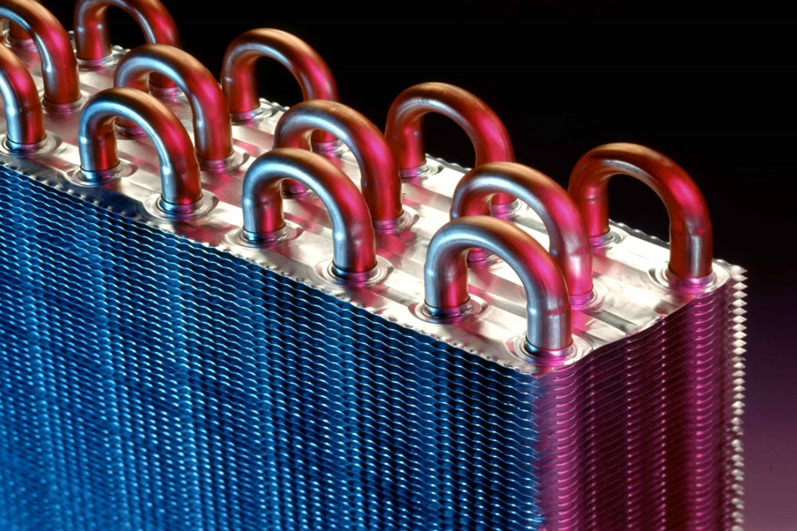Organic solvent atmospheric high non condensables 20 80.
Heat transfer coefficient of water and ceramic.
The overall heat transfer rate for combined modes is usually expressed in terms of an overall conductance or heat transfer.
The rate of flow of oil is 1 kg s.
This is used for building materials r value and for clothing insulation.
The specific heat of the oil is 2 2 kj kg k.
Fluid heat transfer coefficients heat exchanger surface combinations average overall heat transmission coefficients for some common fluids and surface combinations as water to air water to water air to air steam to water and more.
The heat transfer coefficient has si units in watts per squared meter kelvin.
Convective heat transfer coefficient for air.
The convective heat transfer coefficient is not a property of the fluid.
H c heat transfer coefficient kcal m 2 h c v relative speed between object surface and air m s since.
It is an experimentally determined parameter whose value depends on all the variables influencing convection such as the surface geometry the nature of fluid motion the properties of the fluid and.
The convective heat transfer coefficient is dependent upon the physical properties of the fluid and the physical situation.
Typical overall heat transfer coefficients u values shell and tube heat exchangers.
U w m 2 c heat exchangers.
Condensers heat transfer coefficients.
Steam pressure 350 750.
The heat transfer coefficient or film coefficient or film effectiveness in thermodynamics and in mechanics is the proportionality constant between the heat flux and the thermodynamic driving force for the flow of heat i e the temperature difference δt.
As shown in fig.
By using the multipoint temperature measurement technique and the inverse heat conduction method this coefficient was measured as function of surface temperature of the ceramics during the water quench.
H c 10 45 v 10 v 1 2 2 where.
Steam vacuum 300 600.
The convective heat transfer coefficient for air flow can be approximated to.
In this paper we determined the surface heat transfer coefficient of al 2 o 3 ceramics quenched from different initial temperatures into a water bath at room temperature.
1 the nanofluids flow and heat transfer performance testing device mainly includes a fluid storage tank a water pump a heat transfer performance experimental section a power source and sensing devices.
The overall heat transfer coefficient u 200 w m 2 k.
Heat exchanger heat transfer coefficients.
Organic solvent saturated atmospheric 100 200.
Heat transfer coefficient is the inverse of thermal insulance.
Consider a parallel flow heat exchanger which is used to cool oil from 70 c to 40 c using water available at 30 c the outlet temperature of the water is 36 c.
Therefore it is of practical engineering significance to determine the convective heat transfer coefficient of nanofluids.
It is used in calculating the heat transfer typically by convection or phase transition between a fluid and a solid.
This is a short tutorial about convective heat transfer.
Water or brine.
Calculate the logarithmic mean temperature difference.

